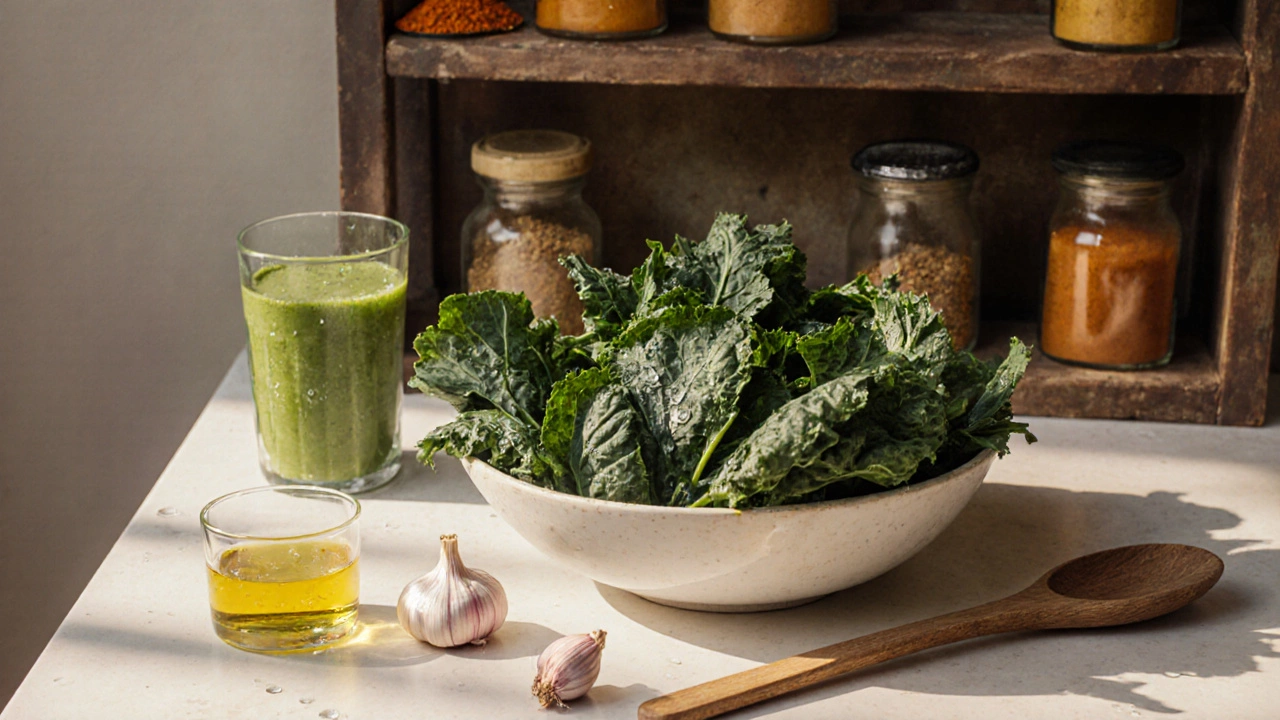Superfoods: Safe Picks for Indian Health
Superfoods sound like a marketing buzzword, but many of them really do pack a nutritional punch. In India, we have a rich tradition of using foods like turmeric, amla, and millets that can lower inflammation, improve digestion, and support immunity. Still, not every “super” label guarantees safety, especially when you’re also taking medicines that might interact with certain compounds.
Why Some Superfoods Matter More Than Others
First, focus on foods that have a clear link to health benefits in Indian studies. Turmeric, for example, contains curcumin, which has been shown to reduce joint pain and support liver function. Amla is loaded with Vitamin C, helping the body absorb iron from plant‑based meals. Millets like ragi and bajra are high in fiber and keep blood sugar steady – a big plus for anyone on diabetes medication.
Second, watch out for hidden toxins. Some imported “goji berries” or “acai powders” may contain pesticide residues that can worsen liver strain. If you’re on long‑term painkillers or cholesterol drugs, avoid superfoods that are high in natural chemicals called furanocoumarins – citrus peel, grapefruit, and some herbal blends can raise drug levels in your blood.
How to Add Superfoods Safely to Your Daily Routine
Start small. Add a pinch of turmeric to your dal or tea instead of loading a whole spoonful in one meal. This gives your body time to adjust and lets you track any changes in how you feel after taking your prescription.
Mix fresh fruit with a dollop of plain yogurt for a quick snack. Amla slices, papaya, and a sprinkle of chia seeds give a boost of antioxidants without overloading on sugar. If you love smoothies, blend a handful of spinach with a spoonful of millet flour – you’ll get iron, calcium, and fiber without worrying about drug interactions.
When buying packaged superfood powders, read the label for “organic” or “GMP certified.” Those designations usually mean the product has been tested for heavy metals and pesticide residues – a key concern for anyone monitoring liver health.
Finally, keep a simple log. Write down the superfood you added, the amount, and any side effects you notice in the next 24‑48 hours. Over a week, patterns emerge, and you can decide whether a particular food helps you or causes trouble.
Remember, superfoods are a supplement, not a cure. They work best when paired with a balanced diet, regular exercise, and careful medicine management. If you’re unsure about a specific food, ask your pharmacist or doctor – they can check for any known interactions with your prescriptions.
By choosing locally grown, tested superfoods and introducing them gradually, you can enjoy their health benefits while keeping toxic risks at bay. Stay curious, stay safe, and let your plate be a source of both nourishment and peace of mind.

What Is the Number One Healthiest Food in the World?
Leafy green vegetables like kale and spinach are the most nutrient-dense foods on the planet, offering unmatched benefits for heart health, blood sugar control, and gut health. Eat them daily for lasting results.

Cancer Fighting Foods: Top 5 Choices Backed by Science
This article breaks down the top five cancer fighting foods that actually make a difference, looking at how they help your body and why scientists pay attention to them. You'll get practical tips for adding these foods to your daily meals. It's not just about theory—each section is stuffed with real facts and doable advice. Forget mystery and confusion; we're cutting straight to the stuff your body needs. A no-nonsense guide to eating for better health when it matters most.




